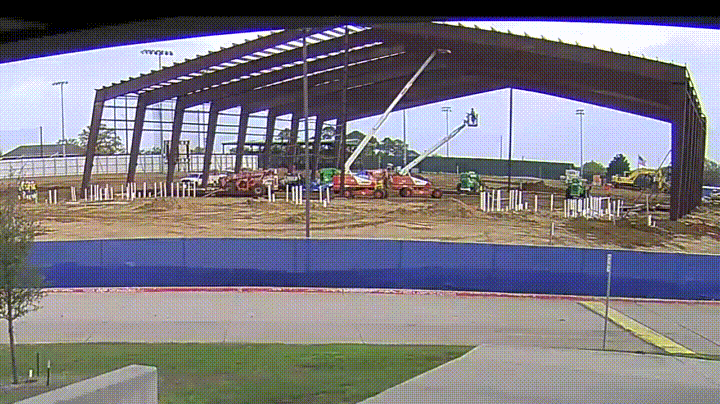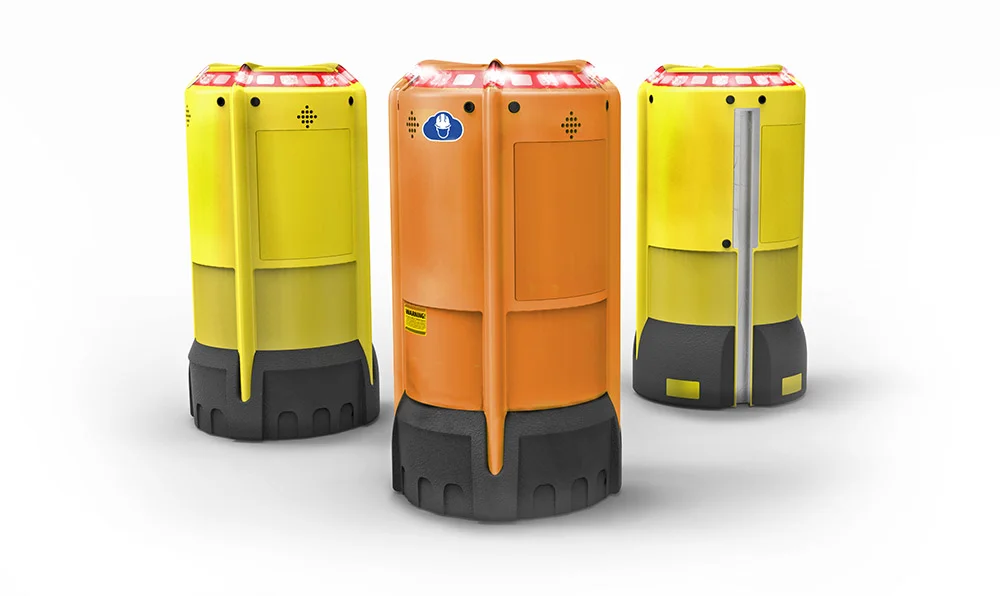Working in the construction industry, especially at construction sites, involves a high risk of injury. Some of the most common injuries that construction workers are exposed to may result from falls, falling objects, building collapses, and fires or explosions. Some injuries result in burns, amputation, lacerations, cuts, eye injuries, and broken bones among other things. Considering the high risk of injuries in this line of work, worrying about finances is the last thing you need if an injury occurs that could keep you away from work for a while. Salary loss and medical bills pile up very quickly during such times. Workers compensation is designed to address such eventualities. In the US, the program currently covers over 130 million people. The average wages paid to covered people are in excess of $ 6 Trillion per year.
Read moreTips For Filing Workers Compensation For Construction Workers
photo by Arvell Dorsey Jr, CC BY 2.0










